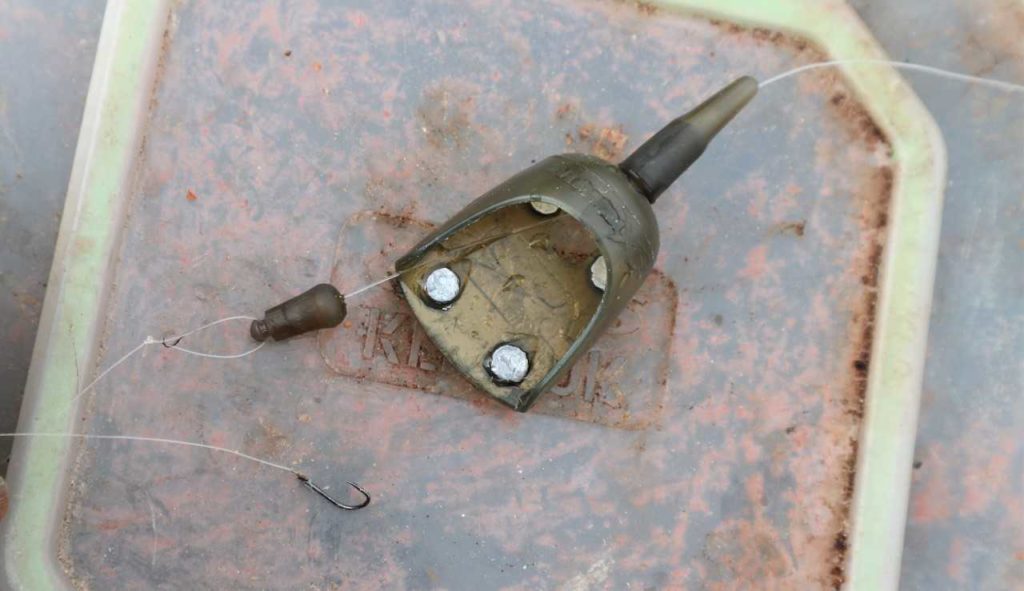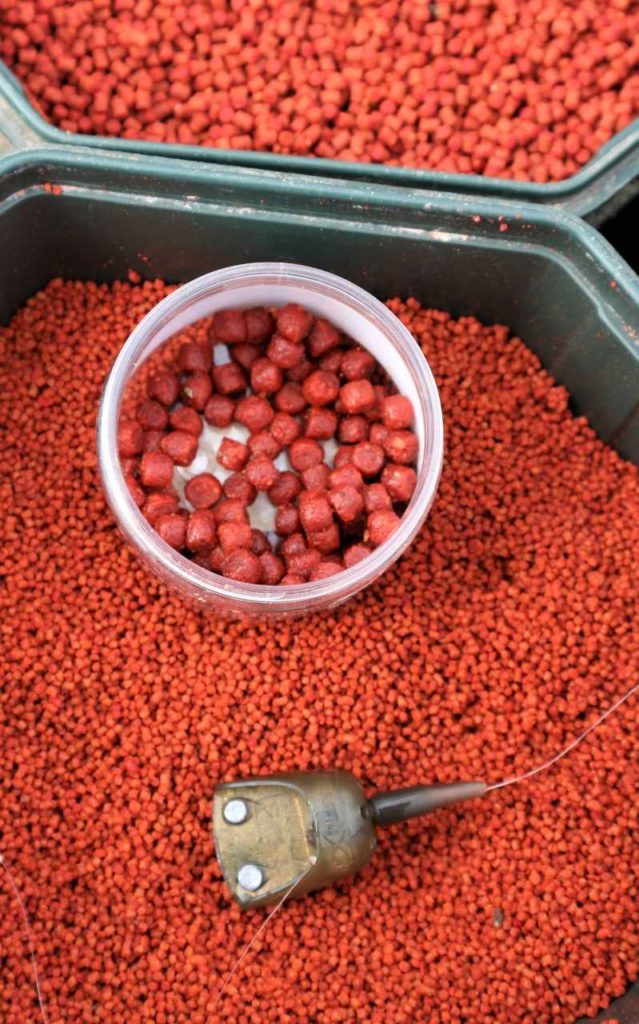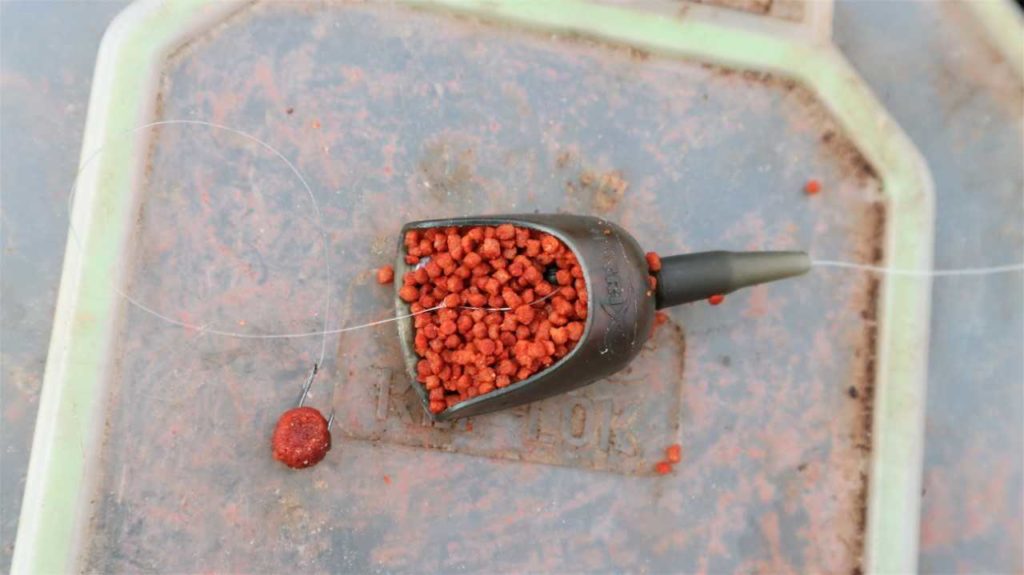Dave Coster's How To- Simple Pellet Feeder Rig

Pellet feeders are a lot easier to use than method designs, not requiring any moulds or fussing around to get the loadings right. The most basic and effective set up is to have the reel line running through the in-line tube and tail rubber, anchored to one end of a connector bead. A short 4-inch hook length can then be fixed to the other end of the bead, creating a free running and safe rig. Using a connector bead also lets you change hook lengths quickly, if required.

Best and most practical pellets to use as feed are 1mm or 2mm micros, slightly dampened, so they stick together just enough to stay in the feeder when it’s cast out. Red krill flavoured pellets work particularly well, using a larger 4mm or 6mm hard banded pellet or directly hooked soft hooker as bait. It is possible to use larger 4mm or 6mm pellets as freebies too, but generally a larger pellet attached to the hook, presented amongst lots of smaller ones, results in faster takes.

The shortest you can go with a feeder hook length is 4 inches on most fisheries. If this is too long you can coil the line and push the hook bait into the feeder’s loading, or completely bury it under the feed pellets. Both ways the hooked pellet will tumble out amongst the free ones, making a very attractive, easy to find offering. It’s normally best to use hard banded pellets on a hair for carp, but when other species like bream and tench are turning up, a directly hooked soft pellet can be better.